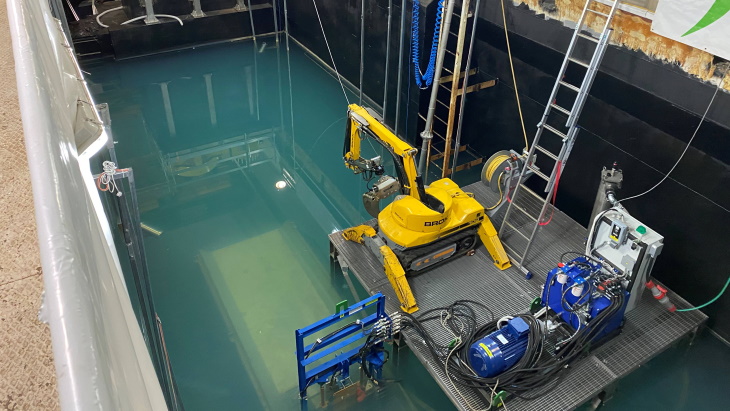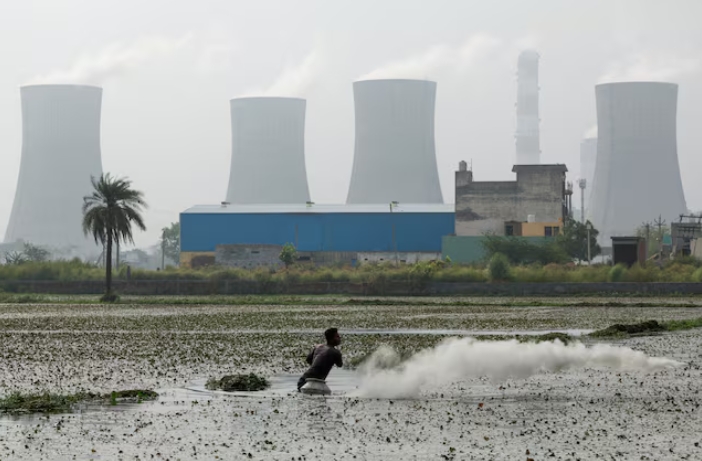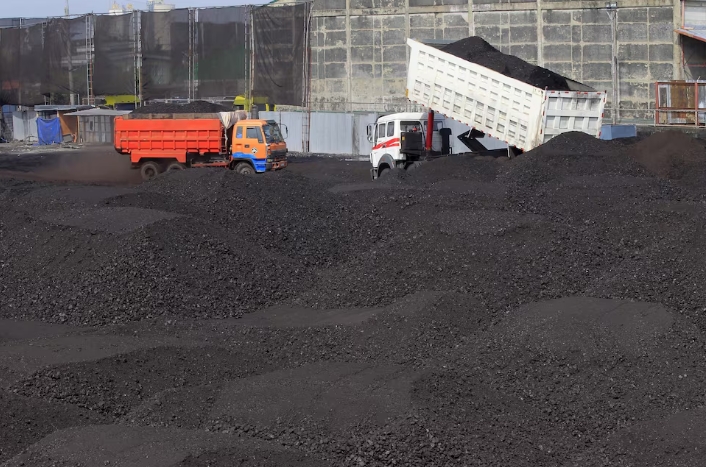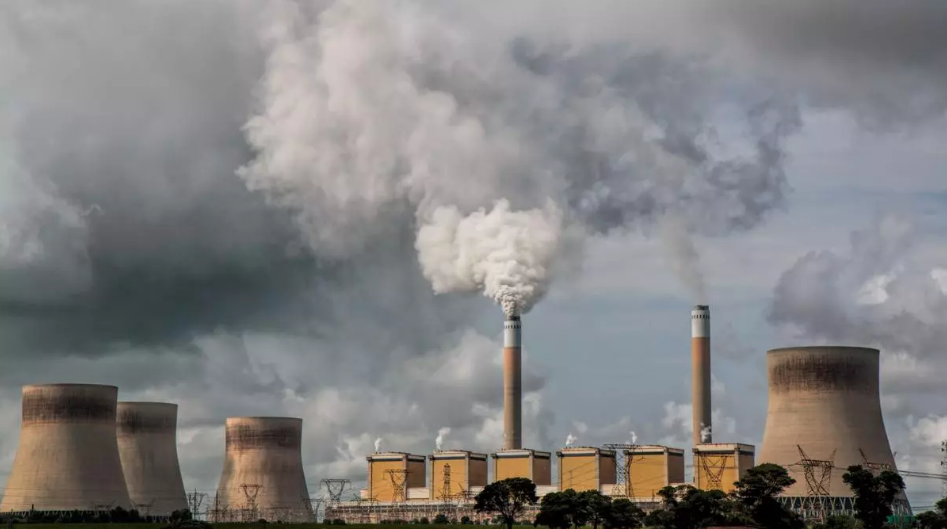
Preparatory activities carried out before the removal of the vessel head included restoring auxiliary electrical, ventilation and control systems to the reactor building, as well as the circuit to flood the reactor channel. The removal of the vessel head was carried out under the supervision of Italy's National Inspectorate for Nuclear Safety and Radiation Protection.
During the first phase of the activities, the components were removed and cut, thus reducing their volume, working under water using a pneumatic clamp and special mechanical equipment, operated remotely with the support of high-resolution underwater cameras.
Afterwards, the treated components - weighing approximately one tonne - have been placed in two special high integrity containers for temporary on-site storage, waiting for their transfer to the planned national repository.
Activities will continue with the removal of the components inside the vessel - referred to as the internals - for which the executive design has already started, and finally with the dismantling of the vessel itself.
"This is the most complex activity from an engineering and operational point of view for the decommissioning of a nuclear plant," said Sogin.
Garigliano, a 150 MWe boiling water reactor, was connected to the grid in January 1964 and was shut down in 1982. Italy decided to phase out nuclear power in a referendum that followed the 1986 Chernobyl accident and Sogin was established in 1999 to take responsibility for decommissioning the country's former nuclear power sites and locating a national waste store.
Last month, Sogin announced that it had completed the laying of the foundation slab for the new DT2 building, a facility for the interim storage of wastes generated through the decommissioning of the Garigliano plant. Once commissioned in the first half of 2026, the DT2 facility - measuring 70 metres in length, 18 metres in width and 13 metres in height - will house about 1800 cubic metres of low and medium-level radioactive waste. This waste will exclusively come from the dismantling activities of the power plant and, in particular, from the dismantling work of the systems and components inside the reactor vessel.




